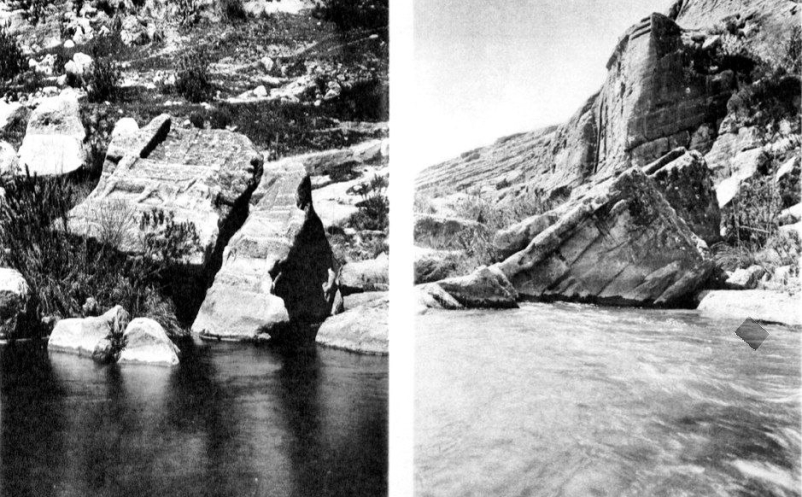Mosul is considered among the larger and more historically and culturally significant cities of the Arab world.Mosul is one of the historical centers of the Assyrian people


Mosul is considered among the larger and more historically and culturally significant cities of the Arab world.Mosul is one of the historical centers of the Assyrian people

Samarra is a city in Iraq. It stands on the east bank of the Tigris in the Saladin Governorate, 125 kilometers (78 mi) north of Baghdad. The modern city of Samarra was founded in 836 by the Abbasid caliph al-Mu’tasimThe archeological site of Samarra still retains…

Entry into the Kingdom of Iraq
As both Turkey and Great Britain desperately wanted control of the Vilayet of Mosul (of which Kirkuk was a part), the Treaty of Lausanne in 1923 failed to solve the issue. For this reason, the question of Mosul was sent to the League of Nations. A committee travelled to the area before coming to a final decision: the territory south of the “Brussels line” belonged to Iraq. By the Treaty of Angora of 1926, Kirkuk became a part of the Kingdom of Iraq.

is a city in southern Iraq located on the Shatt al-Arab. It had an estimated population of 1.4 million in 2018 Basra is also Iraq’s main port, although it does not have deep water access, which is handled at the port of Umm Qasr. However, there is ongoing construction of Grand Faw Port on the coast of Basra, which is considered a national project for Iraq and will become one of the largest ports in the world and the largest in the Middle East

A large fortified city under the influence of the Parthian Empire and capital of the first Arab Kingdom, Hatra withstood invasions by the Romans in A.D. 116 and 198 thanks to its high, thick walls reinforced by towers. The remains of the city, especially the temples where Hellenistic and Roman architecture blend with Eastern decorative features, attest to the greatness of its civilization.\

is a city in central Iraq about 160 km (99 mi) south of Baghdad. Its estimated population in 2024 is about 1.41 million people. It is the capital of Najaf Governorate. It is widely considered amongst the holiest cities…

the city of Erbil. Written and iconographic historical records document the antiquity of settlement on the site: Erbil is associated with Arbela, an important Assyrian political and religious centre and is mentioned, with a remarkable continuity of its name (Irbilum, Urbilum, Urbel, Arbail, Arbira, Arbela, Erbil/Arbil), since pre-Sumerian times in several written sources.

The city, best known as the location of the Battle of Karbala in 680 AD, or for the shrines of Hussain and Al Abbas, is considered a holy city for Muslims. Tens of millions of Shi’ite Muslims visit the site twice a year.The martyrdom of imam…

The Sumerian king list states that Kish was the first city to have kings following the deluge. After irregularly excavated tablets began appearing at the beginning of the twentieth century, François Thureau-Dangin identified the site as being…

In the late 1920s antique dealers in Baghdad were acquiring large quantities of unusual, high quality artifacts from the desert east of the Diyala River, just north of its confluence with the Tigris. In 1929 the Oriental Institute at the University of Chicago obtained a concession to excavate the area James Henry Breasted (1865–1935), the founder of the institute, invited the Dutch Archeologist Henri Frankfort (1897–1954) to lead the expedition.

Uruk is the type site for the Uruk period. Uruk played a leading role in the early urbanization of Sumer in the mid-4th millennium BC. By the final phase of the Uruk period around 3100…

was an ancient Sumerian city. It was the special seat of the worship of the Sumerian god Enlil, Nippur was located in modern Nuffar 5 miles north of modern Afak, Al-Qādisiyyah Governorate, Iraq. It is roughly 200 kilometers south of modern…

When Ur was founded, the Sumiran Gulf’s water level was two-and-a-half metres higher than today. Ur is thought, therefore, to have had marshy surroundings; irrigation would have been unnecessary, and the city’s evident canals likely…

Shuruppak” is sometimes also the name of a king of the city, legendary survivor of the Flood, and supposed author of the Instructions of Shuruppak” The report of the 1930s excavation mentions a layer of…

Larsa was an important city-state of ancient Sumer, the center of the cult of the sun god Utu with his temple E-babbar. It lies some 25 km (16 mi) southeast of Uruk in Iraq’s Dhi Qar Governorate, near the east bank of the Shatt-en-Nil canal at the site of…

“Sargon, king of the world, king of Assyria (says): ‘Because I wanted to, I built a city. Dur-Šarruken (i.e. Sargon’s Fortress) I called its name. An ideal palace which in the four quarters (of the world) does not have one rivalling it I built in its midst.’

The remains of prehistoric Samarra were first excavated between 1911 and 1914 by the German archaeologist Ernst Herzfeld. Samarra became the type site for the Samarra culture. Since 1946, the notebooks, letters, unpublished excavation reports…

Khinnis is an Assyrian archaeological site, also known as Bavian, its neighbouring village) in Duhok Governorate in the Kurdistan Region of Iraq. It is notable for its rock reliefs, built by king Sennacherib around 690 BC. During the reign of Sennacherib (705–681 BC), Khinnis was built…

Ashur and Qal’at Sherqat, was the capital of the Old Assyrian city-state (2025–1364 BC), the Middle Assyrian Empire (1363–912 BC), and for a time, of the Neo-Assyrian Empire (911–609 BC). The remains of the city lie on the western bank of the Tigris River,…

Quadrangular fired clay prism; inscription refers to votive gift to Adad the weather god; the wavy lines are thunder bolts to which libations were poured; inscribed on three sides. Inscription of the donor, Ninurta-resushu.Cultures/KassiteProduction date13thC…